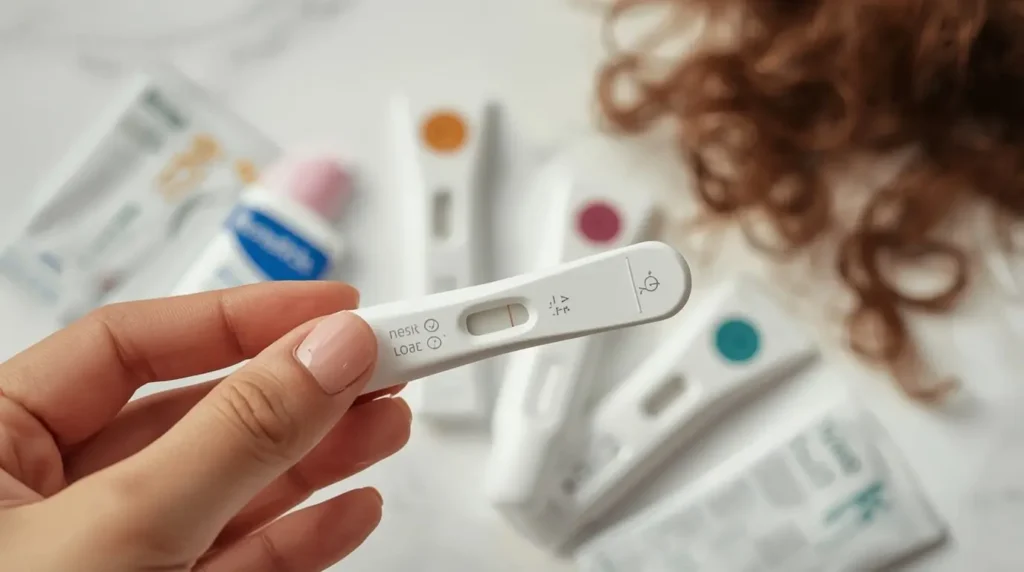Short answer: Yes—home pregnancy test strips can be wrong, especially if taken too early, read outside the time window, or if the urine is too diluted; false negatives are more common than false positives. Most tests are about 99% accurate from the day of the missed period when used exactly as directed, but real‑world errors reduce accuracy.
Why tests can be wrong?
- Testing too early: hCG may be below the detection threshold before or right at the expected period, leading to a false negative.
- Diluted urine: Drinking lots of fluids before testing lowers hCG concentration; first‑morning urine is best.
- User error: Not following timing/technique, using expired strips, or misreading faint/evaporation lines can skew results.
- Product differences: Some strips are less sensitive and harder to read than midstream or digital tests, increasing interpretation errors.
When false positives happen?
- Rare but possible: Certain fertility medications containing hCG, recent miscarriage or abortion (residual hCG), some ovarian conditions, or very rare lab interferences can cause a positive when not currently pregnant.
How to improve accuracy?
- Test timing: Use first‑morning urine on or after the day of the missed period; if testing early, repeat in 48 hours.
- Follow instructions: Dip time, wait time, and read window matter; don’t interpret results after the instructed window to avoid evaporation lines.
- Repeat and confirm: If negative but periods are late or symptoms persist, retest in 48–72 hours or get a blood hCG test and clinical advice.
- Choose readable formats: Midstream or digital tests reduce misreading compared with line‑only strips.
Red flags needing care
- Positive test with severe abdominal/one‑sided pain, shoulder pain, dizziness, or bleeding (possible ectopic)—seek urgent evaluation.
- Persistent negative tests with missed periods and significant pregnancy symptoms—consider blood testing and clinical review.
Bottom line: Home strips are highly accurate when used correctly after a missed period, but early testing, dilution, and reading errors commonly cause false negatives; repeating the test and, if needed, confirming with a blood test is the best approach.








